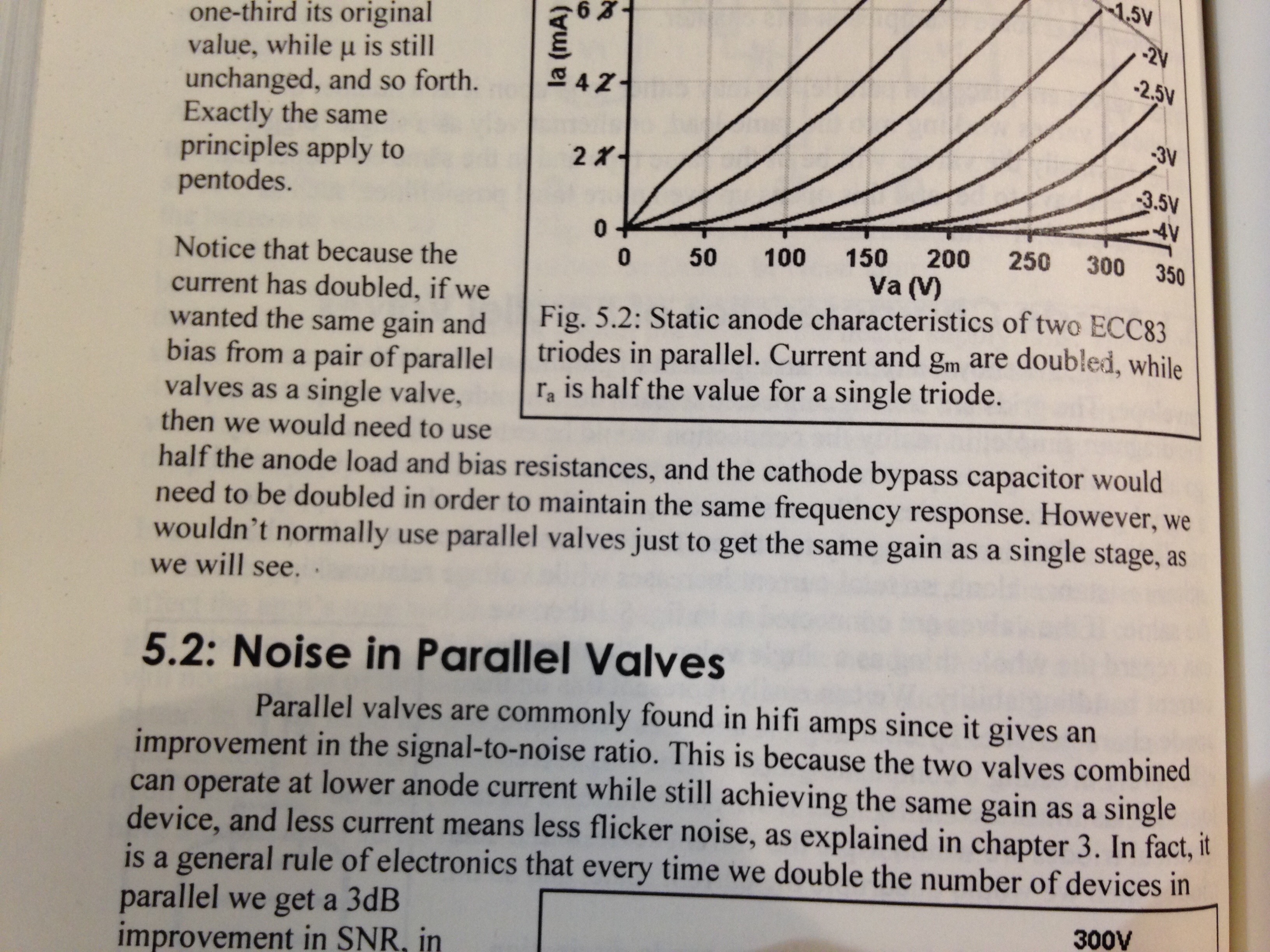I am a little confused by the description I am reading about equivalent parallel gain stage vs single triode gain stage. Also, is it actually not possible to convert my parallel gain stage to a single triode gainstage faithfully because I am using split cathode arrangement?
It seems based on Merlin's description I should convert the parallell stage to this (pictures atttached) to hopefully maintain the same frequency response and gain. Is this incorrect a bit?



Also please excuse my 1794 ohm typo which should be 1784 ohms
It seems based on Merlin's description I should convert the parallell stage to this (pictures atttached) to hopefully maintain the same frequency response and gain. Is this incorrect a bit?
Also please excuse my 1794 ohm typo which should be 1784 ohms

 Just crossover the values and use a 150k plate load, a 1.8k cathode and a 2.2u or 3.3u bypass cap...
Just crossover the values and use a 150k plate load, a 1.8k cathode and a 2.2u or 3.3u bypass cap...
Comment